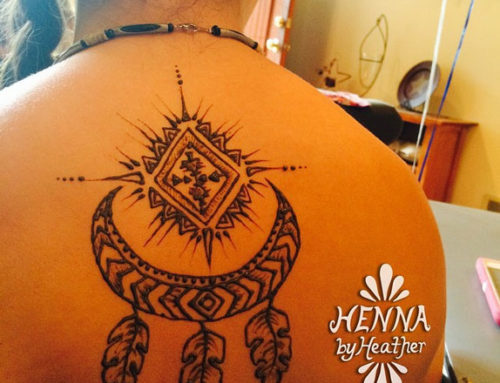The C-section rates (especially in Brazil) are currently so high that Latina (primarily Brazilian) immigrants covering up c-section scars are currently the #3 biggest group of potential clients who call me about individual henna appointments.
They follow only brides and people trying out tattoos. For women who had their babies abroad to be such a significant portion of the clients calling me, it is clear to me that this C-section trend is reaching epidemic proportions. And it is also pretty clear that these women believe that there is something wrong or ugly about having the scars. And it seems it also must be the case that somewhere they are seeing suggestions that henna is a great thing to try while your scar is still forming and it’s too early to get a tattoo. All of these things except the last one make me sad. I just think it is very odd that in what is quite a small portion of the population, so many women seem to have the idea that getting henna would be a great thing to cover up their cesarean section scars. It needs to be noted. It is worrisome. There are people who work on social policy looking into why this happens and what can be done about it – thank goodness.
Given that so many of my private clients are from Brazil, I am pretty glad that I can understand Portuguese pretty well, even if I do fumble something back in mostly-Spanish most of the time (with that and the client’s knowledge of English, it works out great).
Often they’re disappointed that the henna won’t look like a tattoo and isn’t available in a rainbow of colors… But when they understand that the henna will last so much longer than the other available options (which I do offer to them), they invariably choose that.
I am glad to fulfill what seems to be a strong desire for long-lasting, temporary body art for Brazilian immigrant women who had their babies back in Brazil… But given that Brazilian women are such a small percentage of the population in my area (even where there are many, many Portuguese-speaking people from the Açores and Cape Verde), it is so strange that women covering up C-section scars are such a significant portion of my individual appointments.
Some things to read:
http://www.scielo.br/scielo.php?pid=S0102-311X2008001200020&script=sci_arttext
http://paa2005.princeton.edu/download.aspx?submissionId=50741



